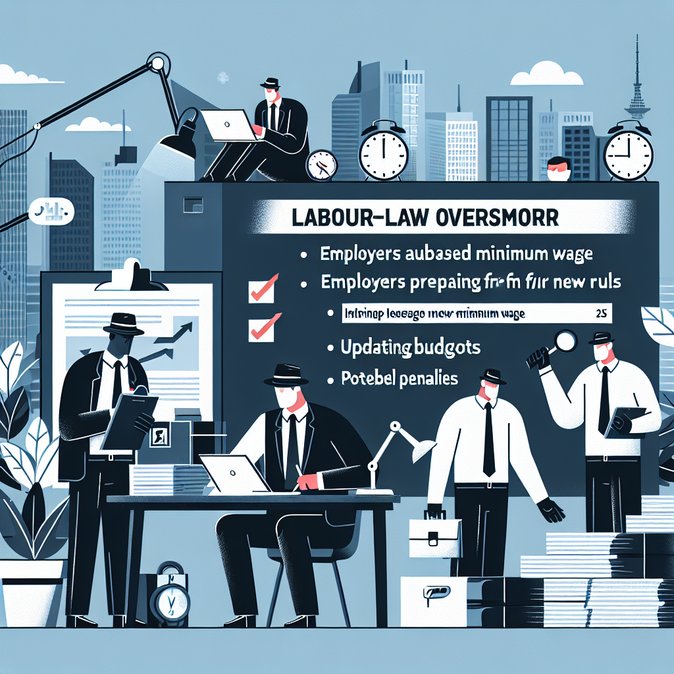
A Business Insider Polska investigation—echoed on 24 November by VisaHQ—has jolted HR departments across the country: the 2025 overhaul of Poland’s Foreign Employment Act is only the beginning. From January 2026 employers will face three new pain points. First, the special act that exempts more than one million displaced Ukrainians from work-permit quotas is due to expire, potentially reinstating annual caps unless parliament intervenes. Second, the statutory minimum-wage rise will automatically lift all salary thresholds embedded in work-permit and single-permit regulations. Third, a draft ordinance would introduce fast-track sanctions for firms that fail to notify authorities within seven days when a foreign hire does not start work.
Electronic filing, introduced this year, gives labour inspectors real-time visibility into permit data but has exposed inconsistencies among voivode offices. Legal advisers warn that once the Ukrainian safeguard lapses, companies will compete for a finite quota of permits, lengthening processing times and inflating recruitment costs. Multinationals are already planning year-end audits, mapping job families reliant on Ukrainian talent and training frontline staff on the upgraded e-portal.
![Employers Brace for 2026 as Poland Tightens Foreign-Worker Compliance Regime]()
Practical tips include budgeting for longer lead times on permit extensions, updating posted-worker cost projections and revising relocation allowances where wage hikes push expatriates into higher tax brackets. Failure to adapt could trigger fines of up to PLN 50,000 under the June 2025 amendments. Smaller employers, in particular, face steep learning curves as they navigate the new digital regime.
The compliance squeeze comes amid record foreign-worker numbers: according to the Office for Foreigners, more than 1.3 million non-EU citizens hold valid Polish residence permits, 70 percent of them Ukrainians. While business groups support digitisation, they urge the government to clarify quota rules before the end-of-year planning cycle and to publish a single national FAQ to reduce inter-regional disparities.
Electronic filing, introduced this year, gives labour inspectors real-time visibility into permit data but has exposed inconsistencies among voivode offices. Legal advisers warn that once the Ukrainian safeguard lapses, companies will compete for a finite quota of permits, lengthening processing times and inflating recruitment costs. Multinationals are already planning year-end audits, mapping job families reliant on Ukrainian talent and training frontline staff on the upgraded e-portal.

Practical tips include budgeting for longer lead times on permit extensions, updating posted-worker cost projections and revising relocation allowances where wage hikes push expatriates into higher tax brackets. Failure to adapt could trigger fines of up to PLN 50,000 under the June 2025 amendments. Smaller employers, in particular, face steep learning curves as they navigate the new digital regime.
The compliance squeeze comes amid record foreign-worker numbers: according to the Office for Foreigners, more than 1.3 million non-EU citizens hold valid Polish residence permits, 70 percent of them Ukrainians. While business groups support digitisation, they urge the government to clarify quota rules before the end-of-year planning cycle and to publish a single national FAQ to reduce inter-regional disparities.









